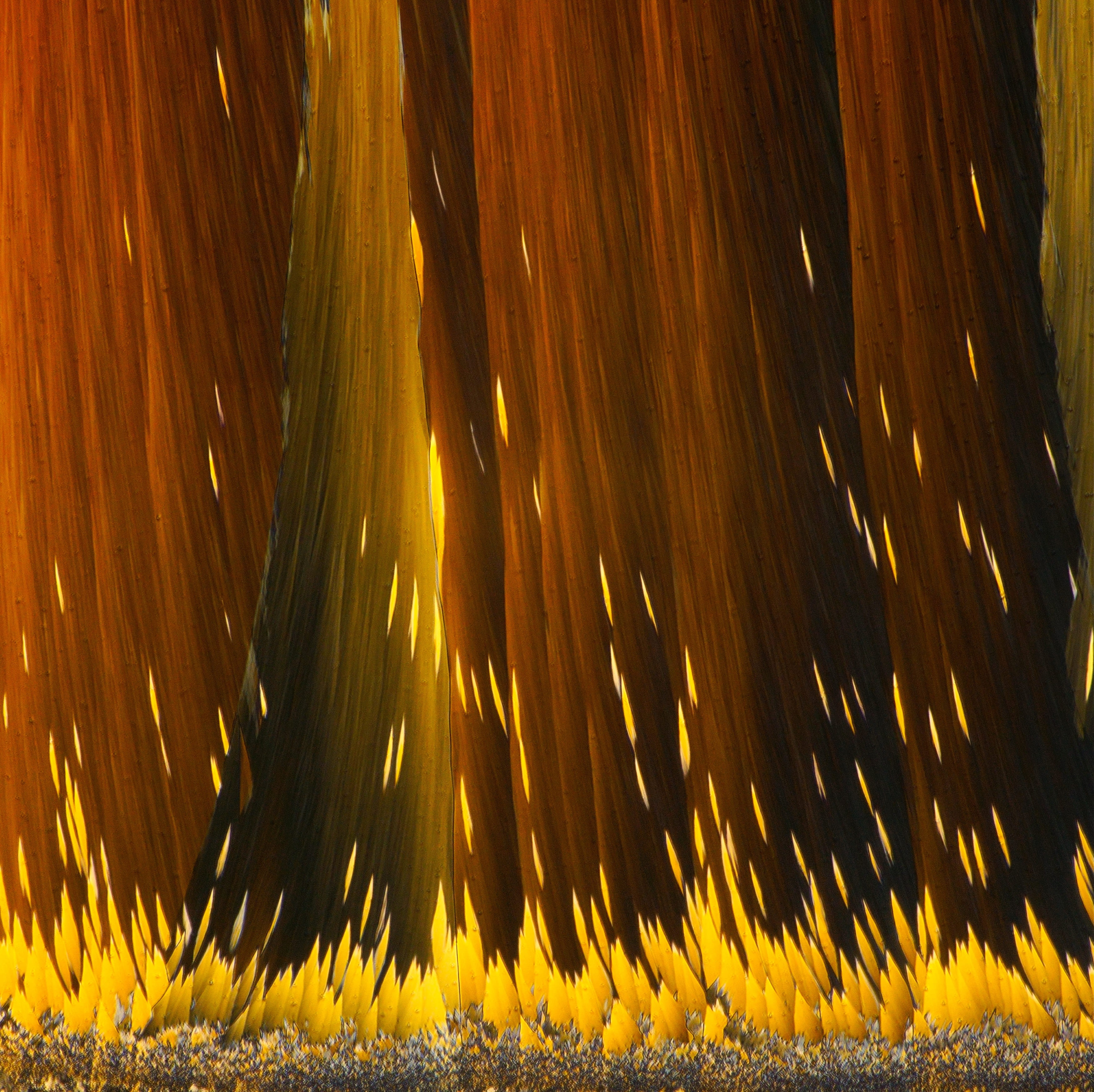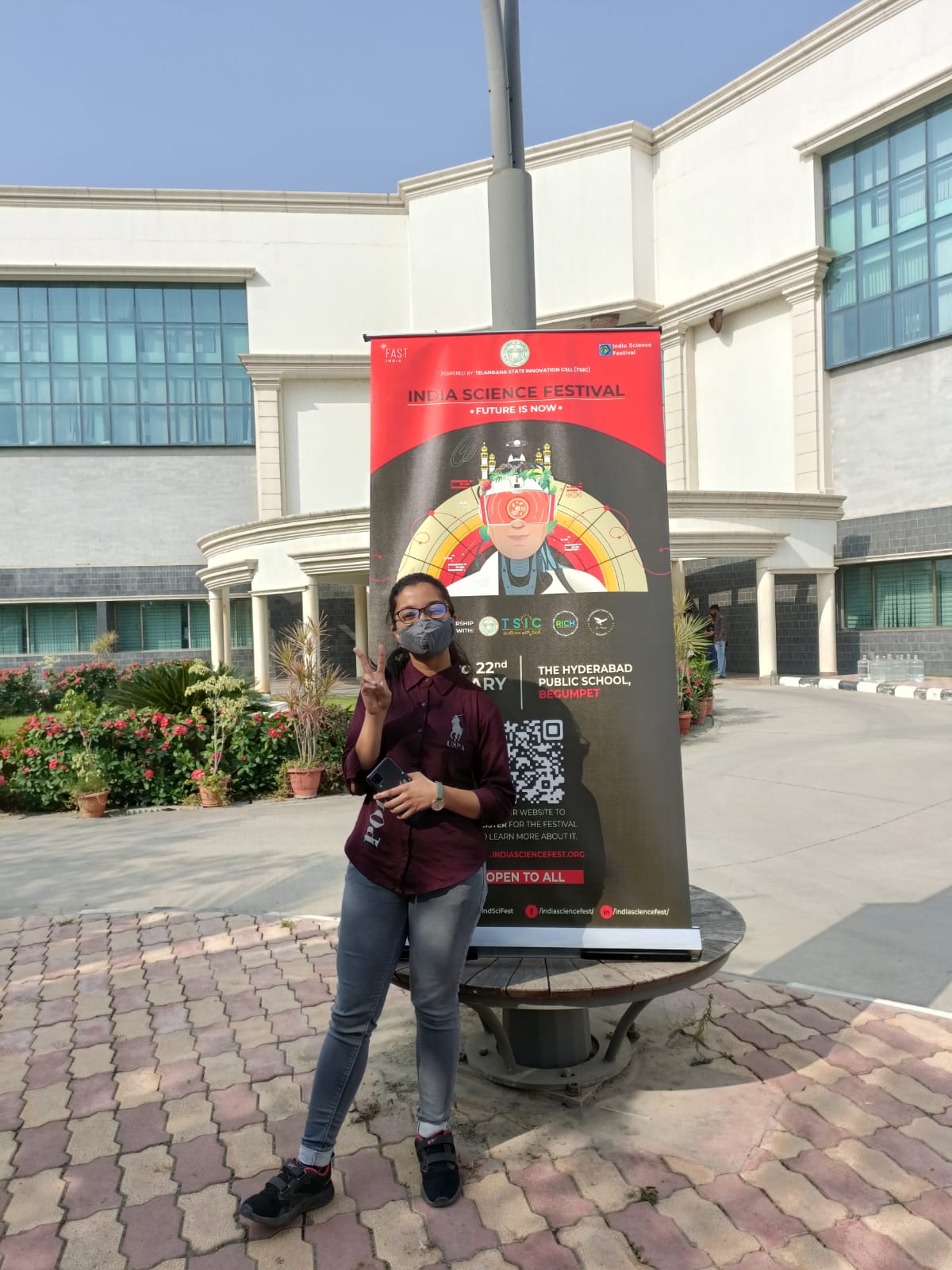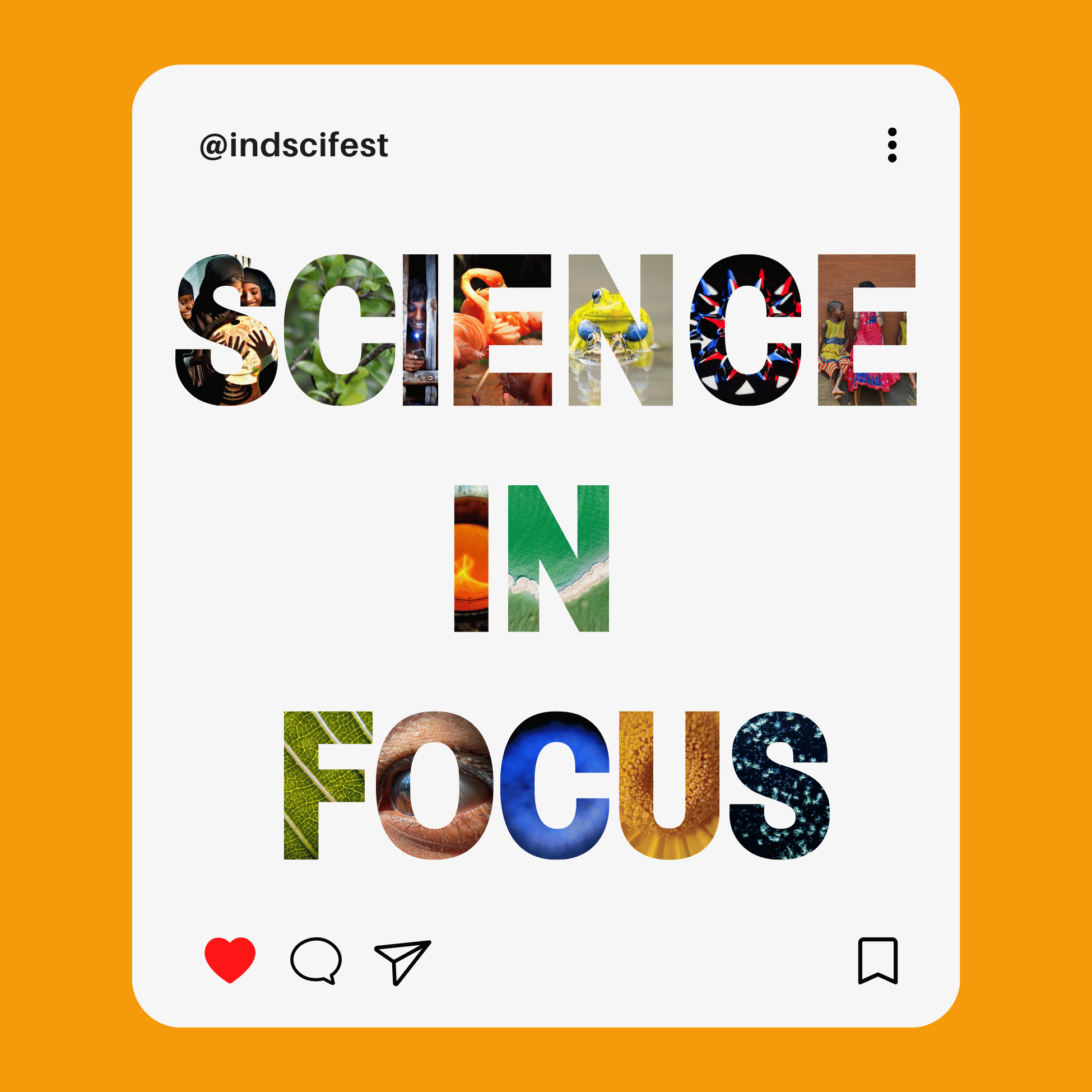From Science Labs to Science Communication:
How Talking about my Thesis Transformed my Purpose
– By Harsha Jagadeesh
‘What do you want to become when you grow up?’ This age-old question always had an evolving answer for me. For the longest time, the answer was ‘Scientist’. Science has fascinated me thoroughly, and my passion for it was not limited to one discipline. From the theory of relativity to evolution, from non-linear dynamics to physiology, my interests spread across the disciplines. I joined the Indian Institute of Science Education and Research (IISER), Tirupati, to embark on an adventure with science. IISER gave me an in-depth look into the heart of research and interdisciplinarity. In the lecture halls, physics, chemistry, mathematics, and biology became indistinguishable. I found new topics of interest, and the complexity of systems fascinated me. The brain, mind, and behaviours grabbed my attention and piqued my curiosity. I completed my degree with extensive research experience in neuroscience and behaviours. Although pursuing a PhD seemed like the next obvious step, I felt an inexplicable lack of excitement. I always wanted to be a scientist and then suddenly I did not. Every plan and milestone I set for myself changed, and the question re-appeared, ‘What do I want to be?’.
I knew that I loved science too much to leave it behind completely. However, beyond research, my exposure to possibilities in science was limited. I began exploring the never-ending list of topics and career profiles that fascinated me. Then came the India Science Festival 2023. My connection with the India Science Festival goes back a long way. I had booked tickets to attend the first festival when it was announced in 2020. Though my busy academic schedule kept me from attending it in its initial years, it reappeared after my graduation in 2022. The ‘Talk Your Thesis’ (TYT) competition at the India Science Festival 2023 was the breakthrough I needed more than I ever knew.
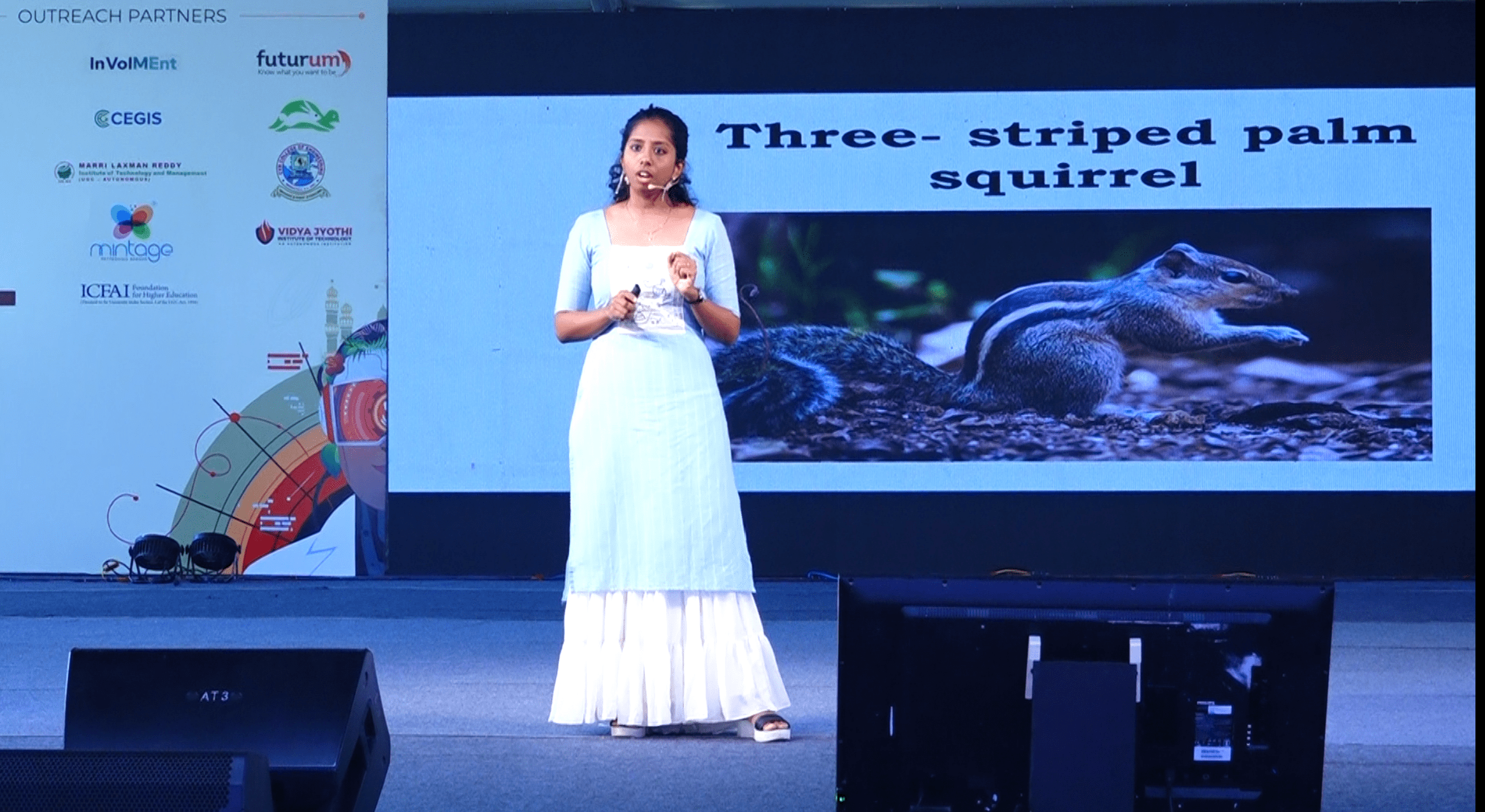
Turning my thesis into a presentation for the public as a part of the TYT competition was really tricky. Engaging an audience from diverse backgrounds seemed challenging, as I had never managed to create an interest in my thesis even in my family. However, I still had hope in my model species: squirrels. I hoped their pictures would be captivating and cute enough to grab my audience’s attention. I made a small video submission depicting the camouflage behaviour of squirrels as a dramatic hide-and-seek game. I started making a story of the squirrels’ struggles to evade the predators in this game. I was shortlisted as one of the finalists to narrate the whole story. After all, who doesn’t want to know who wins in a game?
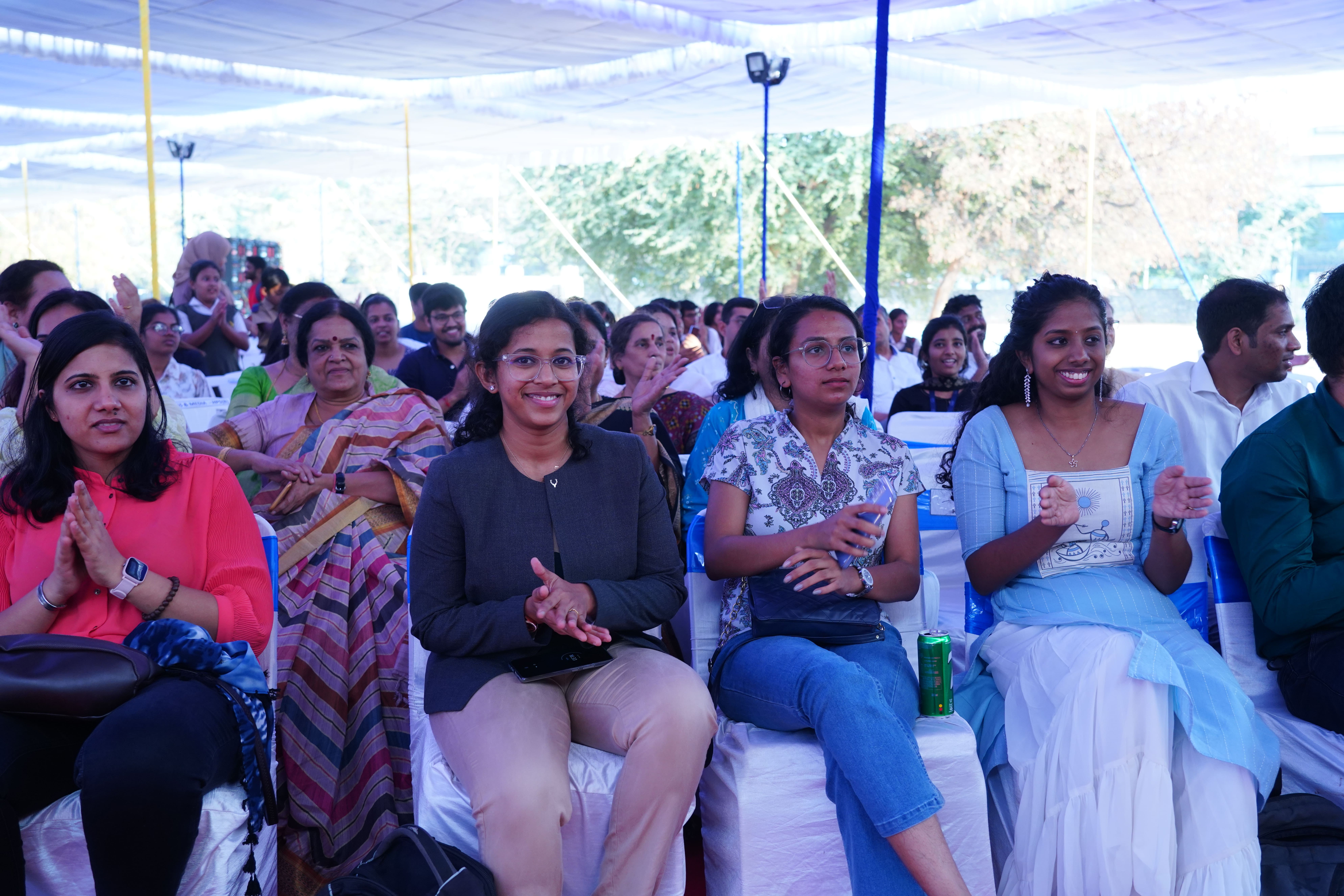
A critical incident at ISF was meeting my mentor, Dr. Piyali Ghanekar. During our first introduction, she asked about my thesis, and I shared my abstract. I shared a document filled with jargon and complex theories where even the squirrel was called Funambulus palmarum. She asked me to schedule a meeting with her at night. Then, with a cup of coffee, she sat down with me in a G Meet and taught me how to tell a story. She asked me to repeat the same content in the abstract, but with one difference, ‘This time, imagine that you are talking to your grandmother’. With a deep breath, I started. I took examples that my grandmother would understand; I thought of relatable moments from my childhood interactions with the squirrels. Once I stopped, she said, ‘Finally, I understood your thesis’. We started comparing the words, phrases, and the language I used in this narrative and discussed the abstract, the role of anecdotes, and how a visual imagination of a story is created. Milestone 1 was accomplished. Now, Milestone 2 was making my squirrel story riveting. She asked me to look around the stories that we have heard. We started talking about movies, and she cited examples from my favourite Bollywood filmmakers who created one super hit after another. Beyond the style, fashion, and colours of Bollywood, what is the formula that glued us onto that big screen? We analysed the movies one after another, and the pattern started emerging in front of me, making even the most mundane stories blockbusters. She helped me see it clearly in a reproducible manner – the curiosity brought in by the title, how the characters are introduced to set the plot in the introduction, the role of a surprise element or twist before the interval, and finally to tell the journey towards the happy ending. After this exercise, I spoke to my sister and my parents, and for the first time, they didn’t get bored. They understood what I had done for a whole year.
I started ‘talking’ my thesis, and I loved it. I found indescribable happiness in watching the listeners’ expressions change with the twists, the crises, and the solutions in my story.
I gave my talk as the first contestant at the TYT finale and became recognised for my performance, and I grabbed the second runner-up position. After the talk, I met scientists, communicators, and other professionals who shared their interest in my topic and presentation. I made friends and discussed careers and science. I found people who loved science but not research. This realisation of not being alone in my perspectives towards science was soothing. I applied to the science communication and engagement positions with much more confidence. In the following months, I was selected as a mediator for Science Gallery Bengaluru’s CARBON exhibition season. I joined the gallery more confidently than ever, knowing I loved ‘talking’ science.
I returned to the ISF 2024, as a representative of Science Gallery Bengaluru. This time, the place felt familiar and more comfortable. It continues to be a place where I meet like-minded people and share our enthusiasm and excitement for science. These experiences have solidified my love for ‘talking’ science, guiding my career towards engaging with the public and making science accessible to all.
Watch Harsha Jagadeesh’s video from TYT 2023 Finale!
